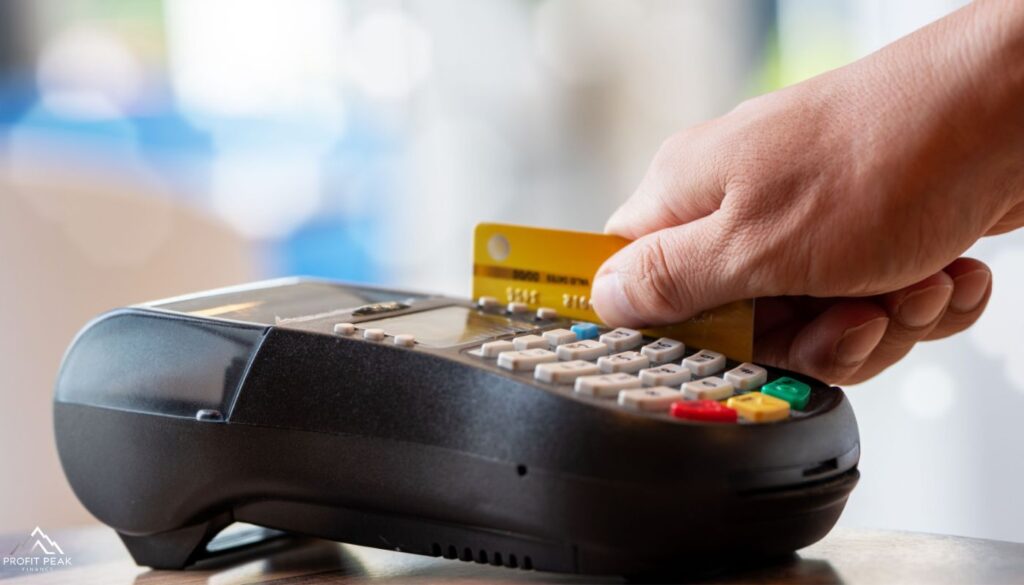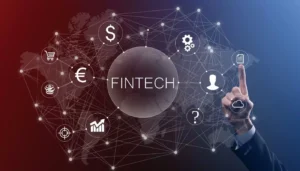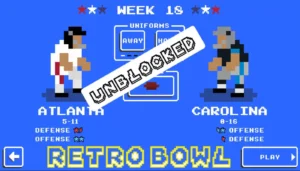Ever glanced at your bank statement and felt a jolt of confusion at seeing a “PNP BILLPAYMENT” charge? You’re not alone. This mysterious entry leaves many scratching their heads, wondering if they’ve fallen victim to some sneaky scam.
But fear not! We are about to embark on a journey to unravel this financial enigma and put your mind at ease. Let’s dive into the world of bank charges and transaction codes to understand what’s really going on with that pnp billpayment on your financial statement.
Understanding Bank Statement Charges
Before we zero in on the pnp billpayment mystery, let’s take a broader look at the landscape of charges you might encounter on your bank statement.
Common Types of Charges
- Maintenance fees
- ATM withdrawal fees
- Overdraft charges
- Wire transfer fees
- Utility bills payments
- Credit card payments
- Subscription services
It’s crucial to scrutinize your statement regularly. Think of it as a financial health check-up. By doing so, you’re not just tracking your spending but also guarding against potential fraud or errors.
Red Flags to Watch For
- Unfamiliar merchant names
- Duplicate charges
- Amounts that don’t match your records
- Charges from locations you haven’t visited
PNP BILLPAYMENT: Breaking It Down
Now, let’s tackle the star of our show: the pnp billpayment charge.
What Does PNP Stand For?
PNP often refers to “Plug’n Pay,” a payment processing company. They’re the behind-the-scenes folks who make sure your money gets from point A to point B when you pay bills online or over the phone.
The “BILLPAYMENT” Portion Explained
This part is pretty straightforward – it indicates that the charge is for paying a bill. Simple, right? But the devil’s in the details.
Common Sources of PNP BILLPAYMENT Charges
Let’s break down the usual suspects behind these charges:
- Utility bills: Think electricity, water, gas
- Credit card payments
- Subscription services: Streaming platforms, gym memberships
- Government agencies: Taxes, trash fees, licensing
Case Study: Flagstaff, Arizona
In Flagstaff, Arizona, residents often see PNP BILLPAYMENT charges for their city services bills. The city uses Plug’n Pay to process online payments for various municipal services.
We switched to Plug’n Pay for our online bill payments to provide a more seamless experience for our residents, says Jane Doe, Flagstaff City Treasurer. It’s secure, efficient, and helps us manage our utility bills and other city charges more effectively.
This example shows how even small cities are adopting modern payment systems to improve service delivery.
Why You Might See a PNP BILLPAYMENT Charge

There are several reasons why this charge might pop up on your statement:
- Automatic bill pay setups: You’ve set it and forgotten it
- One-time online payments: That water bill you paid last week
- Phone-initiated transactions: When you called to pay your property tax
Remember, these charges aren’t typically initiated by Plug’n Pay themselves. They’re just the middleman ensuring your payment reaches its intended destination.
Related This: What is the US CONNECT Charge on Bank Statement?
Is a PNP BILLPAYMENT Charge Cause for Concern?
In most cases, no. But it’s always wise to stay vigilant. Here’s a quick guide to help you determine if you should be worried:
| Situation | Action |
| You recognize the amount and it matches a bill you recently paid | No action needed |
| The amount is unfamiliar but close to a regular bill | Check your records or contact the biller |
| You don’t recognize the amount at all | Contact your bank immediately |
Steps to Take if You Don’t Recognize the Charge
- Check your records thoroughly
- Contact the merchant if you can identify them
- Call your bank’s customer service
- Consider placing a temporary freeze on your card
- File a dispute if necessary
Remember, most banks have robust fraud protection measures, but your vigilance is the first line of defense.
Preventing Unwanted PNP BILLPAYMENT Charges
While most PNP BILLPAYMENT charges are legitimate, it’s always good to stay in control of your finances. Here are some tips:
- Keep track of your bills and payment schedules: Use a spreadsheet or budgeting app
- Set up transaction alerts: Many banks offer SMS or email notifications for charges
- Regularly review your bank statements: Make it a monthly habit
- Use strong, unique passwords for online bill pay accounts
- Be cautious about sharing payment information over the phone
The Bigger Picture: Financial Health and Security

Understanding charges like PNP BILLPAYMENT is just one piece of the puzzle when it comes to maintaining your financial health. Here’s a broader perspective:
- Monitor all your accounts regularly: Not just checking, but savings, credit cards, and investments too
- Use budgeting tools: Apps like Mint or YNAB can help you track spending across all accounts
- Set financial goals: Short-term and long-term objectives keep you focused
- Educate yourself: Stay informed about personal finance topics
Financial literacy is not about wealth, but about understanding how money works.Anonymous
Related This Also. What Is the CSC service work charge on credit card or bank statement?
Resources for Further Financial Education
- Consumer Financial Protection Bureau (www.consumerfinance.gov)
- National Foundation for Credit Counseling (www.nfcc.org)
- Your local library (many offer free financial workshops)
Conclusion
The mystery of the PNP BILLPAYMENT charge on your bank statement isn’t so mysterious after all. It’s usually a legitimate charge for a bill you’ve paid, processed through the Plug’n Pay system. Whether it’s for utility bills, taxes, or other services, understanding this charge is part of being a savvy consumer in our digital age.
Remember, staying informed about your finances isn’t just about avoiding fraud – it’s about taking control of your financial future. So, the next time you see a PNP BILLPAYMENT charge, you’ll know exactly what it means and where it came from.
Now, why not take a moment to review your latest bank statement? You might be surprised at what you learn!
Frequently Asked Question
- Can I stop PNP BILLPAYMENT charges from appearing on my statement?
Not directly, as it’s how many billers process payments. However, you can opt for different payment methods if available.
- Are PNP BILLPAYMENT charges the same as ACH transfers?
While similar, they’re not identical. PNP BILLPAYMENT specifically indicates the use of Plug’n Pay’s processing system.
- What if I can’t identify the source of a PNP BILLPAYMENT charge?
Contact your bank immediately. They can provide more details about the transaction.
- Do all banks use the term “PNP BILLPAYMENT” for these charges?
Most do, but there might be slight variations. Always check with your bank if you’re unsure.
- Can PNP BILLPAYMENT charges be linked to fraud or identity theft?
While possible, it’s rare. Most are legitimate charges. However, always investigate unfamiliar transactions.












